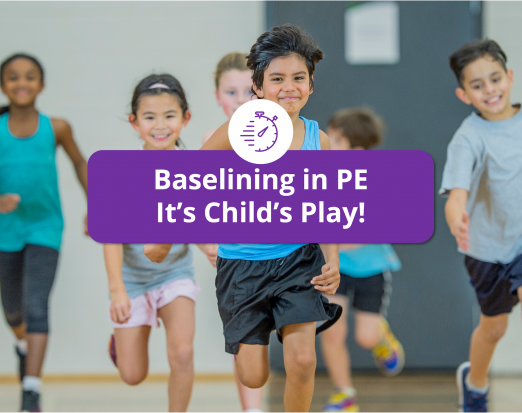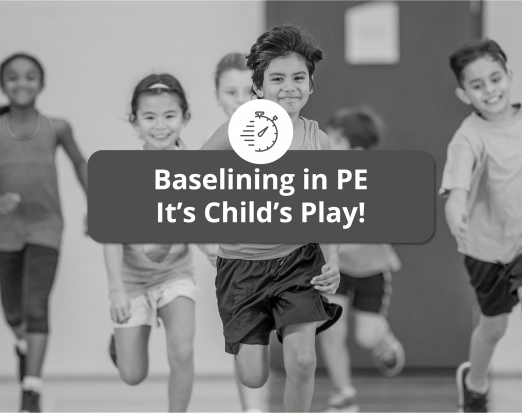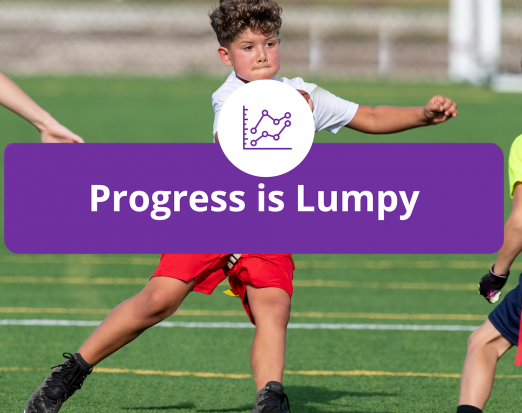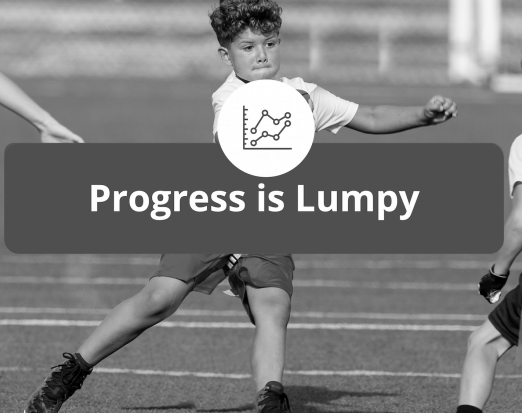5 Classroom Activities to Help Your Pupils Build Resilience

If the recent upsurge of schools investing in mindfulness and mental health programmes is anything to go by, sense of self is a new focus for Britain's schools. It's encouraging for teachers - who've spent years fighting for a better balance between academia and pupil wellbeing - and promising for young people growing up exposed to the pressures of a social media age.
In today's world, success is no longer wholly defined by academic results. Children expect more from life than a career but to get there, they must show resilience. Resilience is about persisting through setbacks, taking on challenges and confronting big risks in pursuit of big goals. It's preparation for life and the reality that progress is rarely a straight line.
Failure may be inevitable, but it doesn't have to be insurmountable. Use these learning activities to help pupils understand and develop resilience:
1. Brilliant Bangles
What You Need: strips of coloured card, felt tip pens, glitter (optional)
How to Play: Give each pupil a strip of coloured card long enough to fit around the wrist. Using felt tip pens and other art supplies (glitter, buttons, paints, etc.), create resilience bangles by adding 'helper' words or phrases. If working with very young children, add simple words like 'confident,' 'brave,' 'smart' and 'determined.' Older children might feel prefer to use phrases such as 'I can do this' or 'I will achieve my goal.'
The aim is to create a personally decorated bangle that children can wear when they need to be motivated, encouraged or inspired. When decorated, use glue to seal the ends and form a bangle/bracelet shape.
Some examples of helper phrases:
I keep my mind open and flexible to solve problems.
I slow down and take a deep breath when I feel overwhelmed.
I can do this. I'll keep trying and figure it out.
Add More Movement: Practise your throwing skills by positioning your bangles in bowling pin formations. Using scrunched paper balls, try to toss into the bangles. Assign more points to bangles that are further away. The team with the most points after everybody has taken a turn wins.
2. Choose the Right Path
What You Need: sheets of A3 paper, pens/pencils/coloured crayons, coloured string (optional)
How to Play: Assign pupils to pairs. Give each pair one sheet of A3 paper. Fold it over so only one side is visible. On the first side, instruct pupils to add examples of goals (personal or general). Use either long term (own a car) or short term (pass a maths test) goals. For a longer activity, encourage the children to turn their paper into a colourful poster. Now, the turn paper over so this side is hidden.
On the second side, add action strategies for success (getting a good night's sleep, asking a mentor for advice, learning a new skill, etc). When complete, unfold the paper to see how many of the goals and strategies can be linked. Use coloured pencils to draw lines between them. For a fancier poster, use glue and coloured strings.
Add More Movement: When pupils have finished adding their own ideas, encourage them to visit other tables for inspiration. BUT, they can only do so if they obey your movement rule (hopping, lunging, side stepping, etc).
3. Pick Apart a Problem
What You Need: paper, pens/pencils, whiteboard (optional)
How to Play: Divide the class pupils into small groups. Give each group a challenging scenario. They must discuss the scenario and answer the following questions: 1) How would this make you feel? 2) Where might you get help and advice? 3) Is there anything you could do to help the situation? Encourage pupils to think about problem solving strategies from their own lives. Could they help in this scenario?
Some examples of challenging scenarios:
Sarah cares for her sick mother every day after school. She can't attend youth clubs or after school activities, so she finds it hard to make friends.
Andrew fell out with his group of friends. They started a mean rumour about him on Facebook and now everybody is talking about it.
Gregg has always earned top grades at school. Now, he's in Year 3 and he's finding the work hard. He's scared to tell his parents he's struggling.
Add More Movement: Ask each group to role play a given scenario. The rest of the class can then feedback by discussing and answering the three key questions.
4. Mysterious Solutions
What You Need: a box/bowl/hat, slips of paper, pens/pencils
How to Play: Give each pupil a slip of paper. Taking care not to show anybody, they should write down an example of a time when they felt disappointed or failed to get what they wanted (flunked a test, fell out with a friend, no part in the school play, etc). Fold the slips of paper and jumble them up in a box, bowl or hat.
Divide pupils into pairs. Ask them to pick an anonymous slip. They should discuss the scenario and any potential consequences. Get them to imagine the worst possible outcomes. Then, ask them to think of ways to turn the outcomes from negative to positive. The aim is to demonstrate the solvability of problems. Even the toughest challenges can be resolved.
Add More Movement: Remove all unused slips of paper from your box or hat. Instruct teams to write a physical 'challenge' on the blank side of their paper (five squats, ten star jumps, make up a dance, etc). Return the slips to the box and repeat the dip. In turn, teams must select a slip and perform the challenge.
5. Grow a Compliment Tree
What You Need: blank sheets of paper, coloured paper/card, pens/pencils
How to Play: Give each pupil a sheet of paper. Ask them to draw a branch extending from one side to the other (with plenty of room either side). Now, split the class into small groups. Using coloured paper/card in the shape of leaves, each child is to write and give one 'compliment leaf' to every other team member.
When finished, all pupils should have a full set of compliment leaves to add to their branch. Encourage them to decorate their branch and stick it up in the classroom. After a day or two, they can take the poster home to hang in their bedroom or put on the fridge.
Add More Movement: Create a fun game out of nothing but drinking straws and a handful of leaves. Two pupils stand at either end of a table and use straws to blow a leaf across to their opponent's side. This works better with crinkly leaves so, if you're playing in the summer, pluck them and leave them in a hot place to dry out first. Or use lettuce leaves - they're light and move easily!
Join Our Healthy Schools Programme for FREE!
We want every child to feel healthy, be active and live life to the full! It's why we launched the Amaven Healthy Schools Programme.
It aims to increase physical activity in schools and provide pupils with a deeper understanding of fitness, movement, healthy eating, emotional wellbeing and more. Alongside FREE access to Amaven software, you'll receive:
- Wellness Kickstart Day Hosted by Amaven Coaches
- Onsite and Online CPD for Teachers
- Impact Reports for Evidencing PE Spending
- Exclusive Lesson Plans & Resources
- Personalised Home Activities for Pupils
- Bespoke Health & Wellbeing Strategy





